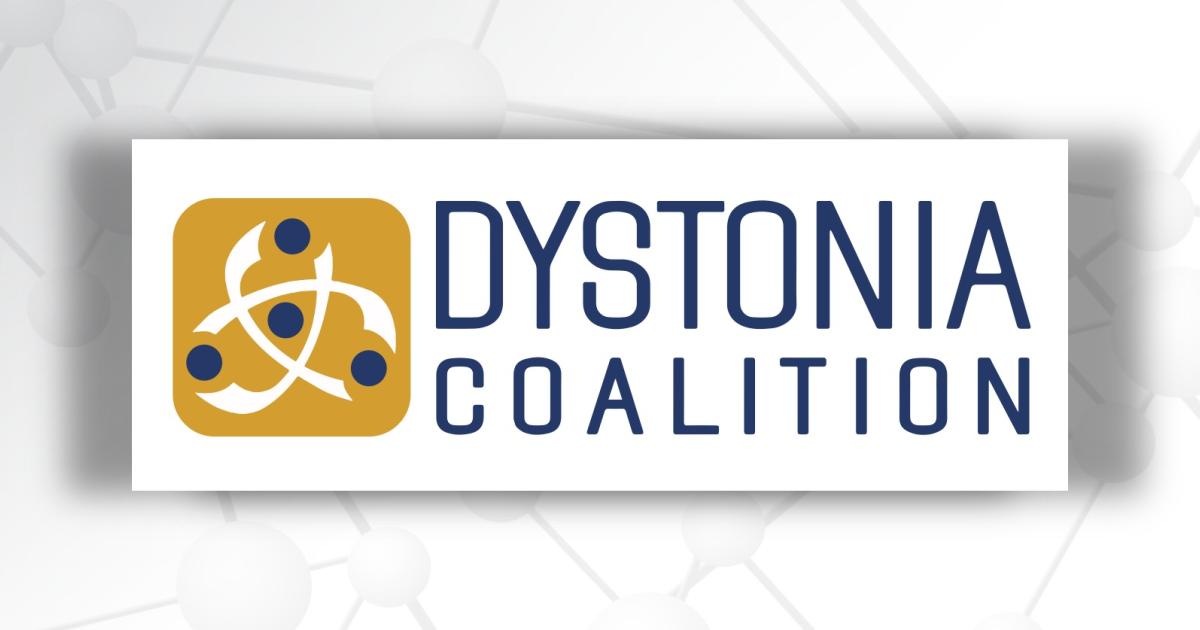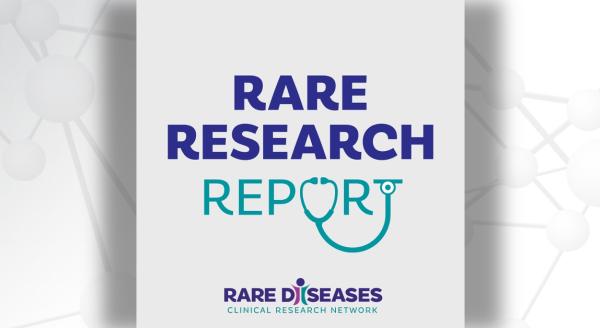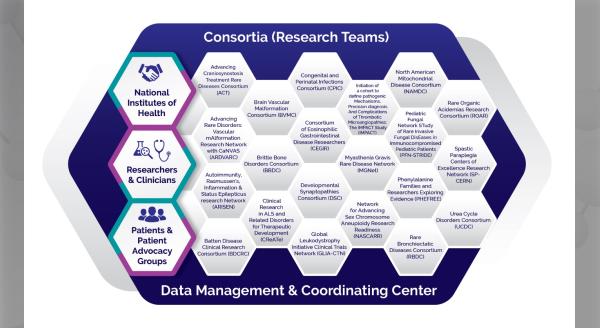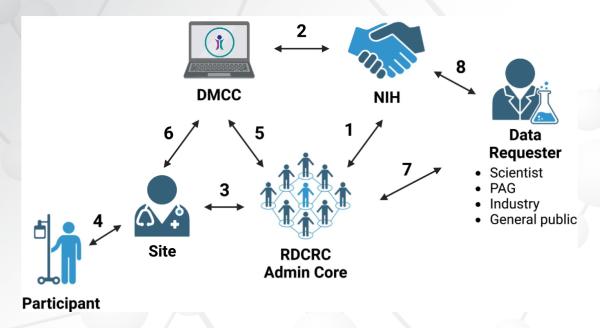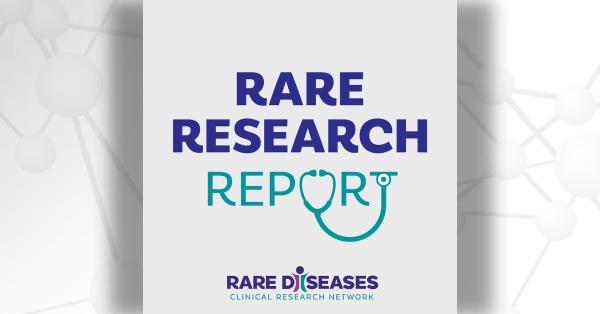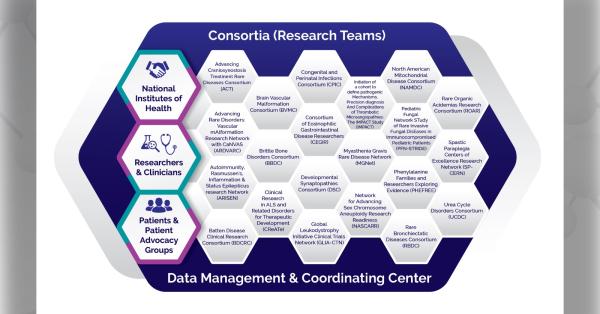Since 2009, the Dystonia Coalition (DC) has worked to advance the pace of research and find better treatments in the dystonias. In 2025, DC completed their final funding cycle with the Rare Diseases Clinical Research Network. Principal Investigator Hyder Jinnah, MD, PhD, shares advice and accomplishments from 15 years of dystonia research.
DC By the Numbers:
|
What has been the key focus of the DC?
Dr. Jinnah: Throughout our funding period, our main focus has been on clinical trial readiness—and all of the ingredients needed for clinical trial readiness, including the availability of experts, patients for clinical trials, good diagnostic criteria, good tools for measuring efficacy in clinical trials, and biomarkers.
What are some of the challenges you’ve faced?
Dr. Jinnah: Our mantra is that cooperation is better than competition when it comes to rare diseases in this group. One of the problems we dealt with when we first started this was that there wasn’t a lot of cooperation. In fact, there was a lot of confusion caused by lack of cohesiveness in the international community. Different people in different parts of the world were using different definitions for dystonia. Different people were using different ways to classify and name the subgroups. There were no diagnostic criteria for any of them. And the problem was that defining and classifying disorders was not particularly well-funded.
One of the things that we really felt the need to do was to bring some order, because it’s essential for clinical trials to have well-defined patient populations and meaningful subgroups for clinical trials. Early on, we got together an international consensus group to review the situation and come to agreement on what should be the definition for these disorders and how to subtype and classify them. This paper has been cited more than 1,600 times already, and it’s become a gold standard.
What is your advice for other rare disease research groups?
Dr. Jinnah: I would say, be inclusive, particularly to the international community. The last thing you want is a competing group from another country. Keep the door open for new sites and opportunities; be flexible.
I would also say, it’s useful to think of patient advocacy groups as equal partners, not someone who can just ride along in the backseat. They can provide things far more valuable than funding, including relevance for study design and patient recruitment.
Finally, I think we did very well with managing and sharing our data openly. We endorsed this concept very early on in our consortium. We had an open-door policy for data as well as for sites. By now, we’ve had 67 different data and sample requests. This is one of the reasons we’ve had so many publications over the years, because so many people were able to take advantage of the resources we had built to do things that they were interested in.
What’s next for the DC?
Dr. Jinnah: We are intending to exploit the infrastructure that we built to carry forward the most valuable projects. Of course, new projects will require independent funding, and we’re no longer going to limit our studies to trial readiness. We’re going to diversify funding sources; in fact, we’ve already begun to do that with some successes and a couple of grants already submitted. Industry has also now become more interested in our group of disorders because we have de-risked the ability to diagnose, find, and assess many of the patients that have dystonia.

